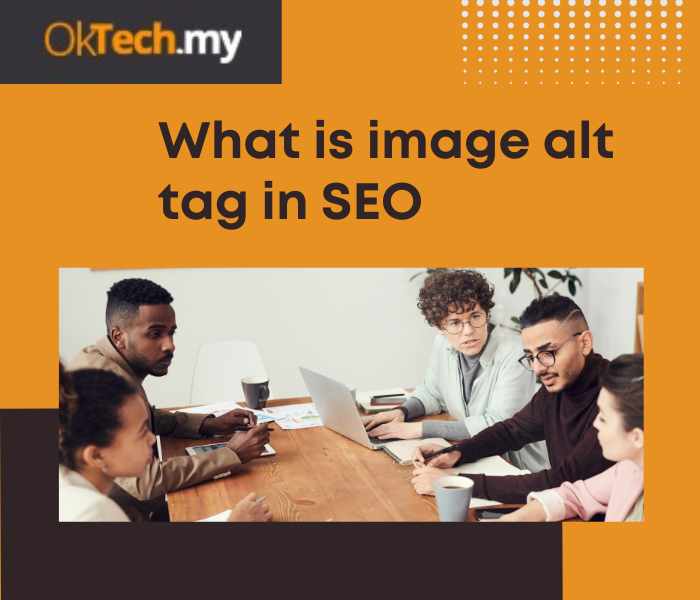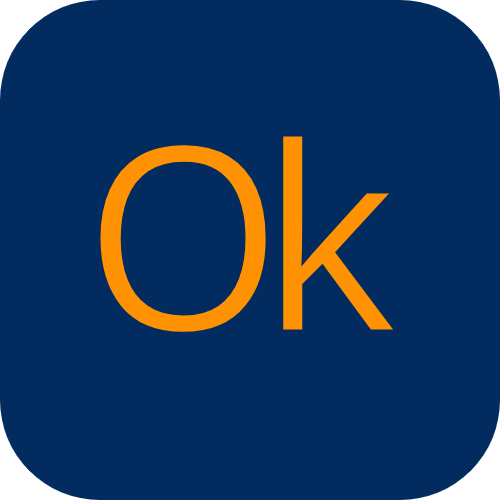What is an Image Alt Tag in SEO

In the ever-evolving world of SEO, many businesses overlook one crucial element that can significantly impact their website’s performance—image alt tags. If you’re a Malaysian business owner aiming to optimize your website for better search engine rankings, understanding what an image alt tag is and how it works in SEO can give you a competitive advantage in the digital market.
What is an Image Alt Tag?
An image alt tag (also known as an alt attribute or alt description) is a short description added to an image’s HTML tag on a webpage. It serves as a text alternative to images when they cannot be viewed by the user, either due to slow loading speeds or accessibility issues, such as for visually impaired users who rely on screen readers.
While the primary purpose of an image alt tag is to enhance accessibility, it also plays a vital role in SEO by helping search engines understand the content of an image. This can improve your website’s visibility in image searches, as well as contribute to better rankings in overall web search results.
Why are Image Alt Tags Important for SEO?
Image alt tags are often overlooked by many businesses in Malaysia, but they are a powerful tool to enhance your website’s SEO. Here’s why:
- Improved Search Engine Rankings
Search engines, like Google, cannot “see” images the way humans can. They rely on image alt tags to interpret the content of the image. Including relevant, descriptive alt tags for your images helps search engines understand the context of your website’s content. This can positively impact your rankings, especially in image search results. - Enhanced Accessibility
In Malaysia, the digital landscape is becoming more inclusive, and businesses must cater to all users, including those with disabilities. By adding descriptive alt tags to images, you make your content more accessible to visually impaired users who rely on screen readers. This not only helps improve user experience but also boosts your website’s credibility and reputation. - Better User Engagement
When your website is accessible to all users, including those with disabilities, it leads to better engagement and increased time spent on your site. Search engines take user engagement metrics seriously. The more people interact with your content, the better it is for your SEO efforts. - Increased Click-Through Rates (CTR)
Optimizing your images with relevant alt tags can also help increase your click-through rates. Alt tags are displayed in search engine results when images fail to load. If users find the alt text relevant to their query, they’re more likely to click on your website, which can result in higher CTR and improved SEO performance.
Best Practices for Image Alt Tags in SEO
To make the most out of your image alt tags for SEO, consider these best practices:
- Be Descriptive and Relevant
Your alt tag should describe the image as accurately and concisely as possible. For example, if you’re using an image of a product on your website, include its name and key features in the alt description. For a Malaysian business, if you’re showcasing a product like a local handmade souvenir, your alt tag could be: “Handmade wooden souvenir Malaysia.” - Include Target Keywords
When writing alt tags, it’s a good idea to include your focus keywords, but make sure it feels natural. For example, if you’re a local business in Johor Bahru, using alt tags like “SEO services Johor Bahru” will help boost your visibility in local search results. Learn more about optimizing your website for local SEO through our SEO services in Johor Bahru. - Keep It Simple
While your alt tag should be descriptive, keep it brief and to the point. Google recommends keeping alt text under 125 characters. Avoid keyword stuffing or overly long descriptions, as this could be perceived as spammy and hurt your SEO efforts. - Use Alt Tags for Every Image
Don’t leave any images on your website without alt tags. Whether the image is decorative or functional, providing an alt tag ensures search engines and users know what the image is about. Even logos, banners, and buttons should have appropriate alt descriptions. - Avoid Overuse of Keywords
While it’s important to use relevant keywords, avoid overstuffing your alt tags with too many keywords. Google may flag this as keyword stuffing, which could hurt your SEO. Instead, focus on natural, clear descriptions that align with your content.
Image Alt Tags and Local SEO in Malaysia
For businesses in Malaysia, especially those targeting local markets, optimizing image alt tags for local SEO can be highly beneficial. If you’re a Malaysian business looking to leverage SEO for growth, incorporating location-based keywords in your image alt tags will help your website rank higher for local searches.
For example, if you’re running a local business in Kuala Lumpur, including keywords like “best digital marketing agency in Kuala Lumpur” in your image alt tags can help improve your search engine ranking in local searches. If you’re also using Facebook Ads to drive traffic, you can enhance your digital marketing strategies with the help of a Facebook Ads Agency.
Conclusion
Incorporating image alt tags into your website’s SEO strategy is essential for improving your visibility in search results, enhancing user experience, and boosting accessibility. By following the best practices for writing effective alt tags, your business can gain a competitive edge in Malaysia’s rapidly growing digital market.
Start optimizing your images with descriptive, relevant alt tags today to help search engines better understand your content and improve your rankings. With these small changes, you can see noticeable improvements in your SEO efforts and user engagement.
4o mini







